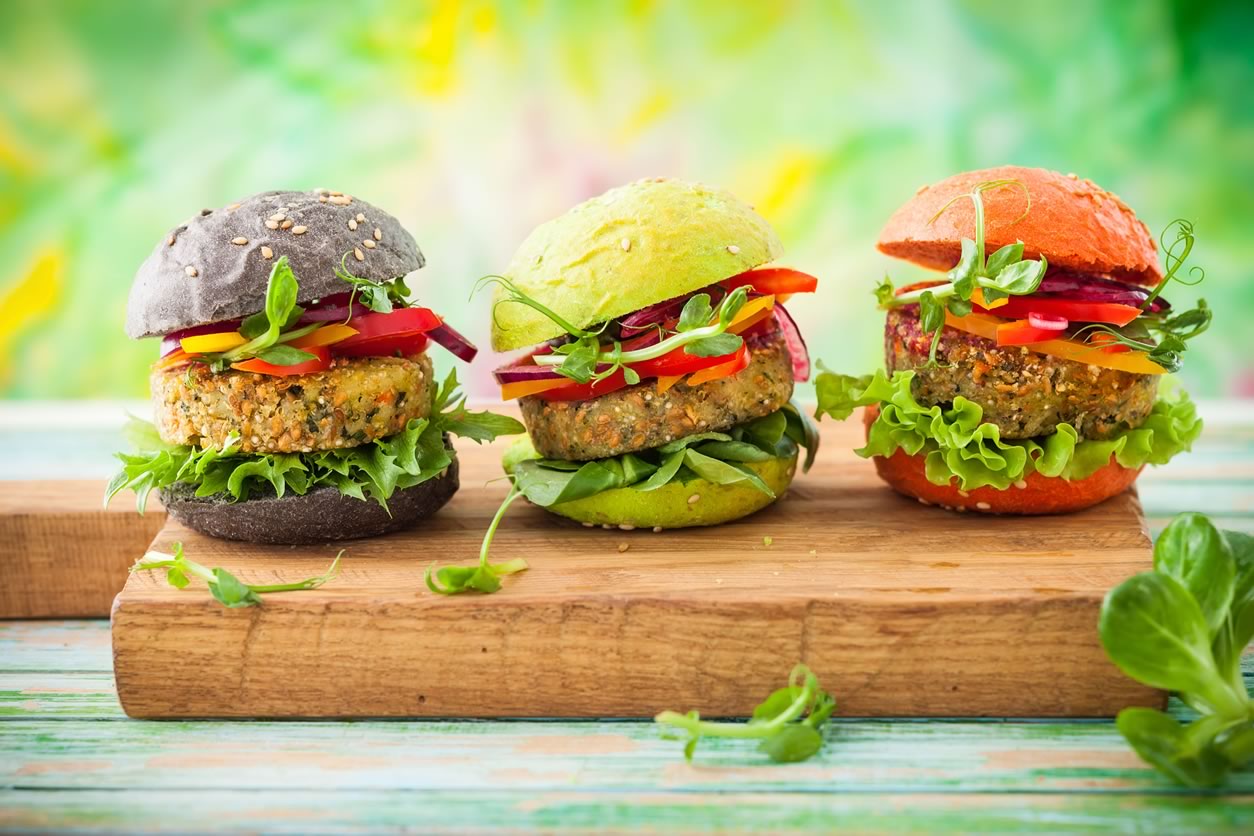Lifestyle, Nutrition, and Dietary Choices
The modern customer is health conscious and knows what works and what does not work with their body and their values. Concerns for animal welfare, the environment and wholesome nutrition drive the diets of many of your guests.
No matter the inspiration, as meeting professionals, it is important we understand the various dietary practices and learn how to meet and respect their needs.
And, as the world becomes more global, individuals from across the world will be attending events and offer the opportunity to reach a broader client base and provide new experiences.
A flexitarian consumes foods derived from and made with animal products, but only on a limited or reduce basis. A VB6 (vegetarian/vegan before 6 p.m.) would be an example. They follow a vegan/vegetarian diet throughout the day and consume food from animals for dinner/supper.
Their diet during the day would consist of foods derived from plants—vegetables, fruits, grains, legumes, seeds and nuts—with or without milk, eggs and/or honey.
Raw diet is what it is – raw. Followers of this dietary practice believes that the most healthful food for the body is uncooked. Heating food is acceptable as long as the temperature stays below 104 to 118 degrees Fahrenheit.
Paleo diet is Also known as the Paleolithic, caveman, Stone Age and hunter-gatherer diet, the paleo diet is based on the presumed ancient diet of wild plants and animals eaten during the Paleolithic era. The modern version of the paleo meal plan consists mainly of:
- Lean, grass-fed meats and poultry
- Fish and shellfish
- Eggs
- Vegetables
- Fruit
- Seeds and Nuts
A lacto-ovo vegetarian diet consists of foods derived from plants—vegetables, fruits, grains, legumes, seeds, and nuts — and without meat, fish, shellfish, pork, poultry, game nor their by-products, except for eggs and milk (dairy) products. Lacto-ovo vegetarians are the most common vegetarians. Animal-based products they do choose to consume are:
- Eggs
- Milk (Dairy)
- Honey
A lacto-vegetarian diet consists of foods derived from plants—vegetables, fruits, grains, legumes, seeds and nuts—along with milk (dairy) products. They do NOT consume meat, fish, shellfish poultry, pork, game or their by-products, eggs or honey.
A ovo-vegetarian diet consists of foods derived from plants—vegetables, fruits, grains, legumes, seeds, and nuts—without milk (dairy) products and/or honey, meat, fish, shellfish poultry, game and by-products of them. They do consume eggs.
Foods NOT Consumed by Vegetarians
- Beef
- Fish
- Shellfish
- Pork
- Poultry
- Game
- By-products from beef, seafood, poultry, pork, game (gelatin, broth)
Vegans avoid the consumption and/or usage of anything that comes from an animal (meat, poultry, fish, shellfish, game, pork), including, but not limited to flesh (leather, silk, wool, lanolin, feathers) and all by-products (milk, eggs, honey, gelatin). Some may also excludes wearing and use of animal products and the use in entertainment, sport, research, etc.
A pescetarian diet consists of foods derived from plants—vegetables, fruits, grains, legumes, seeds and nuts—without meat, poultry, game and by-products of them. Pescetarians do consume:
- Fish
- Shellfish (crustaceans and mullosk)
- Eggs
- Milk
- Honey
Thousands of individuals around the world are choosing a gluten-free diet because they feel better. This dietary practice avoids foods that are free-from gluten, which is found in wheat, rye and barley.
Clean eating is about consuming whole food in its most natural state, or as close to it as possible. Cooking focuses on enhancing the natural flavors of any meal without compromising the integrity of the food.
Macrobiotic is a dietary regimen which not only involves what a person eats, but how its prepared and consumed. Grains are the staple food with vegetables, beans and natural animal foods completing it. Highly processed or refined foods are completely avoided.


